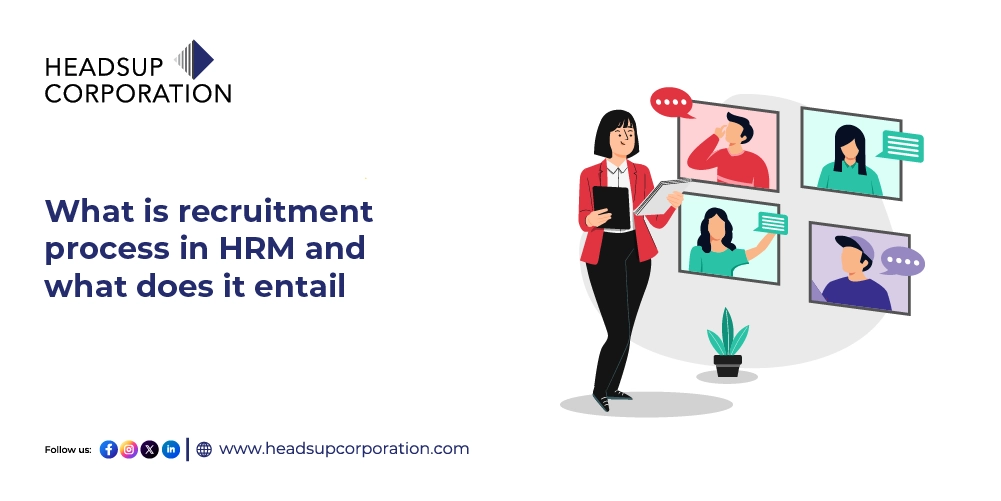
Here’s Why Workforce Planning Is Critical For Small Businesses
Before diving into the workforce planning for small businesses, let’s understand what workforce planning is. Workforce planning is a process that an organization uses to analyze the workforce aka staff of a company. The process involves analysis, forecasting, planning supply and demand of the workforce, looking at the gaps and assessing them, managing talent to ensure the organization recruits the employees it needs, and steps to be taken for future staffing needs.
In simple terms, a workforce plan is a plan in which an organization aligns the hiring systems according to its priorities and future goals. It is a comprehensive process.
The main aim of workforce planning is to make sure the organization reaches its full potential. It is possible by selecting the right people. Hiring staff randomly is dangerous for the organization. The recruitment has to be smart.
Small businesses are the backbone of our economy. They need to have workforce planning. They don’t have a large base and operate with few employees. Losing an employee can have a significant impact on the organization. Small businesses can weigh their costs and benefits and make a detailed assessment with a workforce plan. The plan will help them in doing better and preparing for their future goals.
Here is a step by step process for strategic workforce planning in a small business:
1. Set the objectives of your business
Decide what your priorities are. Small businesses have to gain traction from the market which requires a good marketing strategy. It’s important to have a person with experience in marketing, if not an entire team. Map out what specific skill sets you are looking for and align those skill sets with the larger goals of the company.
2. Identify gaps and needs
After setting the objectives, look for specific needs and gaps. This is more on a micro-level and caters to immediate needs rather than the larger goals of the company. It depends on how specific you want your needs to be. You can create a broad outline first and then see if you want to delve deeper. It’s also important to include the stakeholders every step of the way.
3. Audit your existing workforce plan
It’s a small business so there are fewer employees, comparatively. It is still necessary to audit the existing workforce to assess whether you need to hire more people or the objectives can be achieved by making some changes in the existing system.
4. Create a detailed plan
Now you have identified the objectives, gaps, needs and audited the current workforce. It is time to combine them to create a layout. The plan should look at the areas you need to improve in, like hiring a marketing professional and the cost of hiring employees. It should also include the time you have to achieve your objectives.
5. Implement the plan
After planning comes execution. Once you are done with the process of planning, it’s time to implement what you have planned. You should have a weekly status report to see how your plan is working out. Ideally, you should have a backup plan ready in case the original plan goes south.

Office workers gather around a table to do research and implement new ideas. High angle view of multi-ethnic business people discussing in board room meeting
6. Evaluate the plan you have created
The status reports of the implementation of the plan will help in the evaluation of the said plan. Evaluate if you were able to achieve the set goals in your set time and how difficult it was. HR software comes in handy when it comes to workforce planning. The software crunches data and creates reports for your convenience.
Every business, be it small or large, should make a workforce plan to flourish. Small businesses will reach their best potential with workforce planning.












